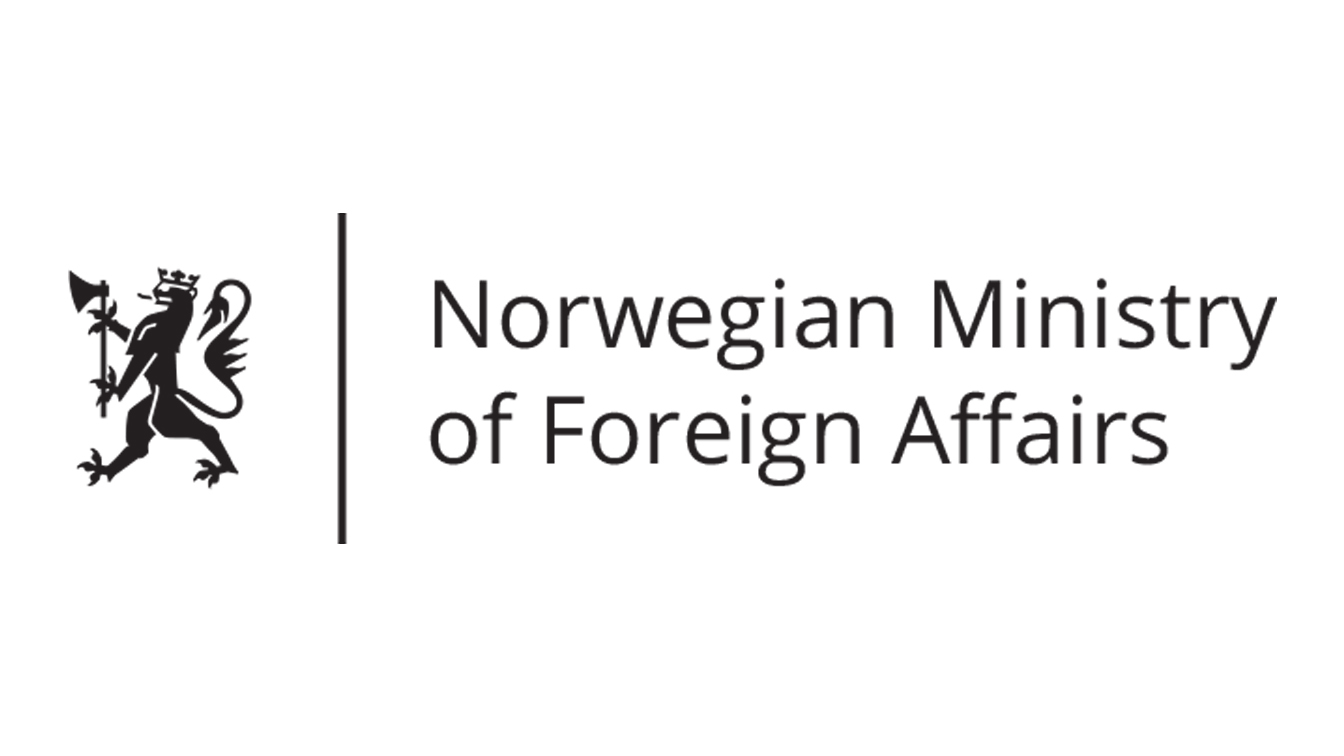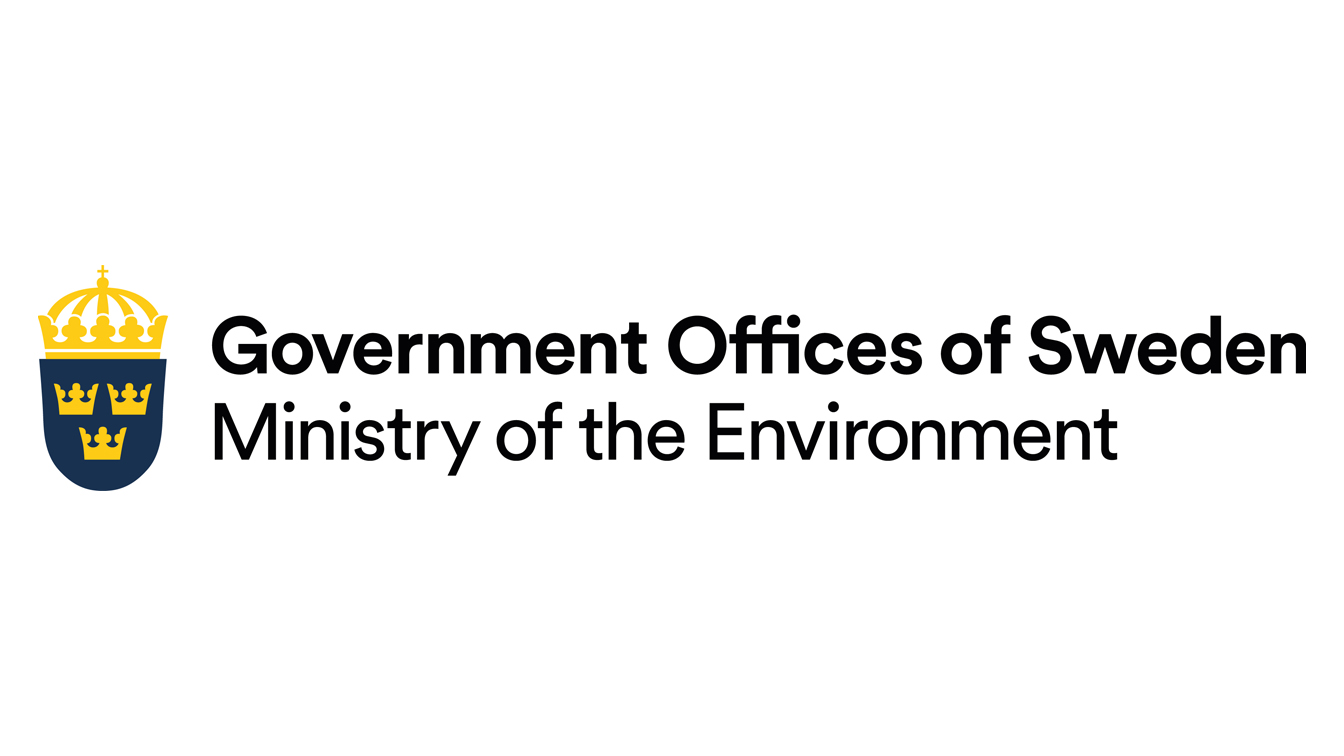How to Enforce the Polluter-Pays Principle
Still Only One Earth: Lessons from 50 years of UN sustainable development policy
The simple but compelling idea that the "polluter pays" comes with considerable uncertainties and ambiguities during its use. Outside of developed countries and European environmental law, the application of polluter pays principle (PPP) is limited. We explore how the PPP can contribute to environmental protection as well as sustainable development of all — if it is implemented in conjunction with other principles. (Download PDF) (See all policy briefs) (Subscribe to ENB)
Let’s say you decide to buy a car. Who should be responsible for the pollution caused by that vehicle, including its production and use? Should the manufacturer or you, the purchaser, bear that cost?
In practice, the costs of pollution are likely to be covered by regulations that force the producer to take measures to reduce the pollution. Similarly, if a factory or a mining operation produces toxic or hazardous waste, who should be responsible for cleaning it up? Who should be responsible for the environmental and human health impacts of air pollution or water pollution?
These are questions that inform the polluter-pays principle (PPP), which requires those who produce pollution to bear the costs of managing it to prevent damage to human health and the environment. The PPP has its origin in economic discussions on assuming responsibility for costs arising from pollution, referred to as a “Pigouvian tax” or the social tax of negative externalities, which occur when the production or consumption of a product results in a cost to a third party. This principle has found its way into the legal realm through different international instruments, and today it is recognized as a principle of international environmental law within the European Union and the Organisation for Economic Co-operation and Development (OECD) and has been used by courts in their interpretation of cases (De Sadeleer, 2020). Likewise, it has been gradually incorporated into international climate change law (Kodolova & Solntsev, 2020).
Despite these positive advances and the seemingly straightforward application of the PPP—polluters should pay for the environmental harm they cause by taking on the costs of preventing pollution and control measures—its use in contemporary international environmental law shows there are still considerable uncertainties and ambiguities (Beyerlin & Marauhn, 2011). Unlike the principle of common but differentiated responsibilities (CBDR), the PPP refers to economic reparations from those responsible for environmental harm—an issue of individual responsibility rather than state responsibility.
The PPP thus helps establish a mechanism to reduce environmental degradation but does not determine who the polluter is. Unsurprisingly, few people or organizations step forward to claim the title of “the polluter.” This lack of clarity on who makes up the links of the chain of polluters is why the PPP has found its way into regulations of some countries, particularly in the European Union, but has not uniformly been incorporated into universal international agreements, which would require all countries enforce its rules.

The Evolution of the Polluter-Pays Principle
From a case law perspective, there have been precedents referring to the obligation of states to guarantee and demand compensation from polluters. This occurred as early as the 1938-1941 Trail Smelter arbitration between Canada and the United States, where the court required Canada and the Consolidated Mining and Smelting Company to reduce and prevent damage from air pollution in the state of Washington.
As Europe sought to incorporate common solutions to reduce environmental pollution, the PPP emerged in the 1968 “Declaration of Principles” on air pollution control, adopted by the Committee of Ministers of the Council of Europe. Principle 6 on financing states: “The cost incurred in preventing or abating pollution should be borne by whoever causes the pollution. This does not preclude aid from Public Authorities.” Later, in response to similar concerns for the environment, it was included in a non-binding instrument of the OECD: the 1972 Recommendation on Guiding Principles concerning International Economic Aspects of Environmental Policies, which is recognized as the first international document that regulates the PPP. This recommendation establishes the principle as follows:
The principle to be used for allocating costs of pollution prevention and control measures to encourage rational use of scarce environmental resources and to avoid distortions in international trade and investment is the so-called ‘Polluter-Pays Principle’. This Principle means that the polluter should bear the expenses of carrying out the abovementioned measures decided by public authorities to ensure that the environment is in an acceptable state. In other words, the cost of these measures should be reflected in the cost of goods and services which cause pollution in production and/or consumption.
The European Community (now European Union) also articulated the application of the PPP progressively: in 1973 with its Program of action on the environment; in 1975 with its Recommendation 75/436, regarding cost allocation and action by public authorities on environmental matters; and in 1986 with the Single European Act. In the latter, the PPP guides and applies the environmental policy of the European Union as a key principle and as a hard law standard of the European legal system. Even though the principle is not widely used outside the EU and the US, other countries, such as Australia, Ghana, and Zimbabwe, have incorporated the principle into policy and/or regulation.
Such regulations follow the line of international cooperation regarding liability and compensation from the effects of pollution, which emerged during the 1972 United Nations Conference on the Human Environment, and was incorporated in Principle 22 of its Stockholm Declaration. Twenty years later, the PPP was included broadly in Principle 16 of the Rio Declaration on Environment and Development, adopted at the UN Conference on Environment and Development (Earth Summit).
National authorities should endeavor to promote the internalization of environmental costs and the use of economic instruments, taking into account the approach the polluter should, in principle, bear the cost of pollution, with due regard to the public interest and without distorting international trade and investment.
Current Debate
Despite its potential to be applied to many global environmental issues, the PPP is still not recognized as a customary international norm (Heine, et al., 2020). This is due to the myriad ways states define the PPP and configure its implementation in their internal legal systems—a complexity that emerges precisely because the PPP relates to so many wide-ranging areas, including the protection of the environment and human health, with incentives for economic activities (Schwartz, 2010). Beyerlin and Marauhn (2011) describe the PPP as having a normative quality as a rule rather than a principle, since it is neither designed to be considered in relevant decision-making that occurs when the production or consumption of a product results in cost to a third party, nor intended to be used merely for interpretative guidance. They state the PPP directly calls upon states to ensure that in every case where the environment has been, or is going to be, polluted, the accountable person bears the costs of clearing or preventing pollution.
Sands and Peel (2012) explain that the application of the PPP to specific cases and situations remains open to interpretation, particularly in relation to the nature and extent of the costs included and the circumstances in which the principle will not apply. Nevertheless, the principle has attracted broad support and is closely related to the rules governing civil and state liability for environmental damage, the permissibility of certain forms of state subsidies, and the acknowledgement in various instruments by developed countries of the responsibilities they bear in the international pursuit of sustainable development in view of the pressures their societies place on global development. This is also expressed in the CBDR principle, which is contained in many environmental treaties adopted over the past 30 years.
More recently, the PPP has been discussed within the context of international climate change law, although it is not expressly mentioned in the United Nations Framework Convention on Climate Change (UNFCCC), the Kyoto Protocol, or the Paris Agreement (Mayer, 2018; Kodolova & Solntsev, 2020). However, the PPP has been relevant in discussions on both loss and damage, and the CBDR principle.
The UNFCCC defines loss and damage to include harm resulting from climate change—both sudden-onset events, such as cyclones, and slow-onset processes, such as sea level rise. Loss and damage can include economic losses and non-economic losses (i.e., individual loss of life, health, or mobility; loss of territory, cultural heritage, Indigenous or local knowledge). For years, parties to the UNFCCC have discussed who should assume direct and indirect responsibility for the adverse effects of climate change (Heine et al., 2020). The PPP is especially meaningful in this debate, particularly with regard to the cost of forecast and actual damages as well as the mechanisms to obtain fair, viable, and comprehensive reparations arising from climate-related impacts.
Yet, this remains difficult to achieve. While the CBDR principle promotes international cooperation to tackle environmental degradation, the PPP includes methods to allocate the costs of pollution through taxation, charges, and liability laws that are often more effective when used within a country, as opposed to deployed internationally. In the context of the Paris Agreement, it is clear the greenhouse gas emissions of developed country parties largely determine current global emissions (Kodolova & Solntsev, 2020). Consequently, it is those emissions that will make it possible—or impossible—to limit temperature increases to 1.5°C from pre-industrial levels. This does not mean developing country parties are exempt from any responsibility. In fact, under the PPP approach all parties to the Paris Agreement would have the status of polluters. In this sense, indirect forms of the PPP can be found in the Paris Agreement’s nationally determined contributions, obligations of climate finance, and emission trading schemes. With these mechanisms, states recognize their responsibilities in exacerbating climate change and propose ways to reduce their emissions and offer other solutions.
Without trying to underestimate the flexibility and the approach offered by the CBDR principle, some scholars try to apply the Principle of Prevention of Transboundary Harm (PTH) in lieu of a substantial principle that guides states in the fight against climate change (Zahar, 2020). The PTH relies on the obligation of states not to emit greenhouse gas emissions that go beyond the capacity of their sinks, in accordance with the UNFCCC preamble:
States have… the sovereign right to exploit their own resources pursuant to their own environmental and developmental policies, and the responsibility to ensure that activities within their jurisdiction or control do not cause damage to the environment of other States or of areas beyond the limits of national jurisdiction.
Other scholars believe state practice does not conceive that all costs should be assumed by the polluter (Mayer, 2018). An example of this can be found in the International Law Commission’s Draft guidelines on the protection of the atmosphere. This document expressly excludes questions concerning the PPP, the precautionary principle, and the CBDR principle at the request of states (ILC, 2020). Despite this, climate defenders rely on the CBDR principle to hold states accountable for much of the negative impacts of climate change (Mayer, 2018).
These developments in the international climate regime are finding their way into the work of the World Bank and the International Monetary Fund through the Helsinki Principles of 2019 (Principle 3), “Work towards measures that result in effective carbon pricing,” where the world’s finance ministers committed to make polluters pay for carbon emissions through taxes, trading schemes, and reduced or eliminated fossil fuel subsidies (De Sadeleer, 2020). The Explanatory Note to the Helsinki Principles references the use of price-based instruments to reach the emission-reduction objectives of the Paris Agreement (Heine et al., 2020). The draft Global Pact for the Environment mentions the PPP in the following terms: “Parties shall ensure that prevention, mitigation and remediation costs for pollution, and other environmental disruptions and degradation are, to the greatest possible extent, borne by their originator” (Article 8).

Moving Forward
One of the main obstacles in international environmental law is creating enforceable rules that can apply to all countries, considering the different conditions and capabilities of states. Developed countries have considerable advantage in this regard, since they usually have the necessary economic and institutional foundations in place. While it would be ideal to have consistent regulations across all countries, in the Global South environmental protection must compete for policymakers’ attention with high priority issues such as nutrition, health, safety, and education. So, the question is: how can a principle of international law such as the PPP contribute not only to environmental protection in all countries, but also harmonize with sustainable development for all, particularly in the North-South context?
The PPP includes some elements for the application of responsibility, prevention, and compensation that could be used to reduce the impacts of environmental issues, such as climate change, the degradation of ecosystems, and biodiversity loss. And considering the difficulties in applying this principle in all countries, incorporating elements of CBDR—such as state cooperation and differentiation—could be useful when considering the PPP in international law. This is a process Peces-Barba (1995) called “specification,” and would translate to countries and corporations of the Global North absorbing the costs of environmental harms caused in the Global South. This would shift the current common practice of favouring products that have low environmental impacts in the places where these are used, but high impacts where they are manufactured or where their materials are extracted.
Increasing scrutiny on businesses that have long profited from “passing the bill” from their pollution to communities and the environment could fit together with carefully examining the substance of the PPP, applying to environmental issues without prejudice to borders between the North and the South. Modern international agreements are finding ways to incorporate these concerns into legally binding mechanisms, but the evolution of international law is slow, and issues for which we could have reasonable solutions still have a long road ahead.
Works Consulted
Beyerlin, U., & Marauhn, T. (2011). International environmental law. Hart. De Sadeleer, N. (2020). Environmental principles: From political slogans to legal rules (2nd ed.). Oxford University Press.
De Sadeleer, N. (2020). Environmental principles: From political slogans to legal rules (2nd ed.). Oxford University Press.
Heine, D., Faure, M. G., & Dominioni, G. (2020). The polluter-pays principle in climate change law: An economic appraisal. Climate Law, 10(1), 94-115. doi.org/10.1163/18786561-01001004
International Law Commission. (2020). Sixth report on the protection of the atmosphere by Murase Shinya, Special Rapporteur. digitallibrary.un.org/record/3856187?ln=en
Kodolova, A. V., & Solntsev, A. M. (2020). Application of the polluter-pays principle in Russian legislation on climate change: Problems and prospects. Climate Law, 10(2), 197-210. doi.org/10.1163/18786561-01002003
Mayer, B. (2018). The international law on climate change. Cambridge University Press.
Peces-Barba, G., de Asis Roig, R., Liesa, C. R. F., & Cascon, A. L. (1995). Curso de derechos fundamentales: Teoría general. Instituto de derechos humanos Bartolomé de las Casas, Universidad Carlos III.
Sands, P., & Peel, J. (2012). Principles of international environmental law. Cambridge University Press.
Schwartz, P. (2010). The polluter-pays principle. In M. Fitzmaurice, D. M. Ong & P. Merkouris (Eds.), Research handbook on international environmental law (pp. 243-261). Edward Elgar Publishing.
Zahar, A. (2020). The polluter pays principle and its ascendancy in climate change law. National Taipei University Law Review, 14, 129-180. dx.doi.org/10.2139/ssrn.3479845
Additional downloads
You might also be interested in
Web of resilience
Pakistan's development model has still not recognised the limits of the natural environment and the damage it would cause, if violated, to the sustainability of development and to the health and well-being of its population. Pakistan’s environment journey began with Stockholm Declaration in 1972. A delegation led by Nusrat Bhutto represented the country at the Stockholm meeting, resulting in the establishment of the Urban Affairs Division (UAD), the precursor of today’s Ministry of Climate Change. In setting the country’s environmental agenda, we were inspired by the Stockholm Principles, but in reality, we have mostly ignored them for the last five decades.
The Legacies of the Stockholm Conference
Fifty years after Stockholm, we face a triple planetary crisis of climate change, nature and biodiversity loss, and pollution.
The Roots of Forest Loss and Forest Governance
If lessons from past failures on deforestation are learned, forest protection could play a major role in reversing both climate change and biodiversity loss.
Pathways to Sustainable Cities
Urban planning needs to be inclusive and responsive to the needs of local communities and build on participatory approaches that foster the engagement of marginalized actors.




